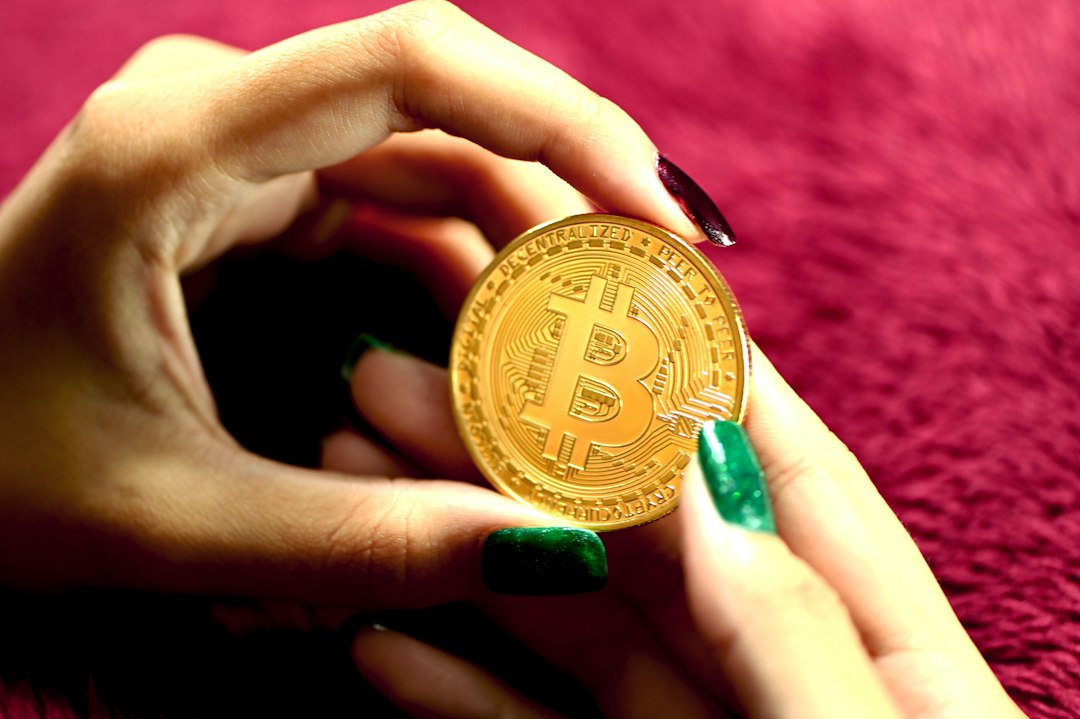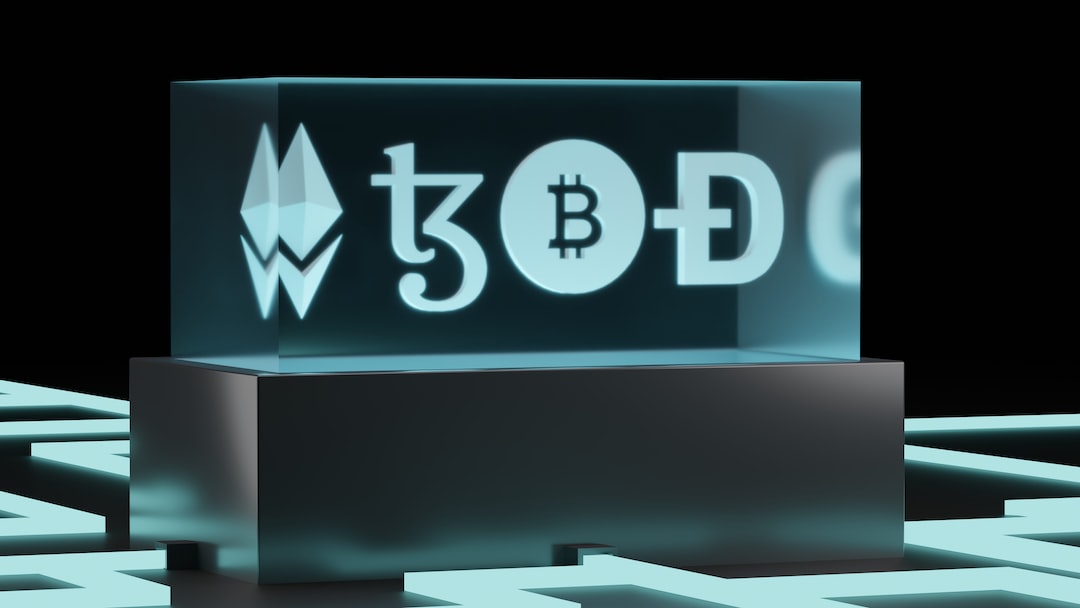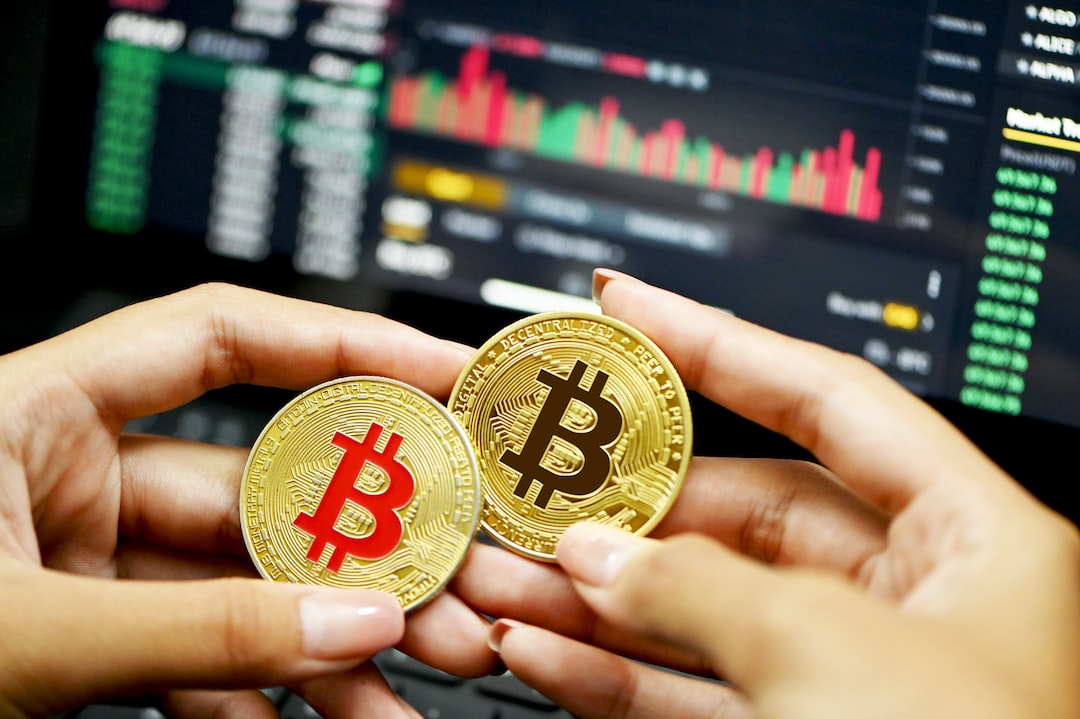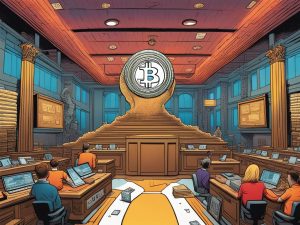Breaking Down the Binance Controversy
Last year, Binance claimed to have stopped allowing customers to use sanctioned Russian banks for payments, but recent reports suggest otherwise.
- Binance’s peer-to-peer service no longer recommends five blacklisted Russian financial institutions.
- However, it was revealed that Binance was facilitating money transfers for Russians.
- Cardholders with accounts at sanctioned banks could still buy crypto through Binance.
- The use of color coding for banks on the P2P platform raised suspicions.
- Clients could convert funds at sanctioned banks into Binance balances via intermediaries.
Binance previously suspended operations in Russia to comply with U.S. and EU sanctions, but the company’s actions now appear to contradict this. The U.S. Department of Justice is also investigating Binance for potential violations of U.S. sanctions. Binance is dealing with legal and regulatory issues worldwide, including a lawsuit from the SEC and the termination of partnerships with Mastercard and Visa.
Hot Take: Binance’s Troubles Continue to Escalate
The recent revelations regarding Binance’s involvement with sanctioned Russian banks further worsen the company’s already troubled reputation. Despite claims of compliance with sanctions, Binance’s actions contradict these statements, raising concerns about the company’s integrity and transparency. With ongoing legal and regulatory issues, Binance’s future seems uncertain in the face of mounting scrutiny.





 By
By
 By
By
 By
By
 By
By
